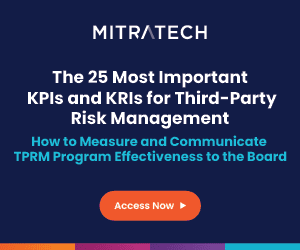with contributing author Peter Young
Are you hungry for an influential and formal risk appetite statement that guides business decision making? More and more companies are; 44 percent formally articulated their thresholds in 2014, up from 30 percent in 2012. But cooking one up involves a number of stakeholders with different roles and responsibilities. They must work together like the components of your favorite dish. If all ingredients are eaten separately, or a few are left out, your offering has a lower chance of complete success.
For the sake of illustration, we will say your favorite meal is Chicken Parmesan—in which case, five main items will each have a unique part to play on the final plate. Let’s break down the necessary roles and responsibilities for those developing a risk appetite statement by making a delicious plate of Chicken Parmesan.
Primary Ingredient: Chicken
You are the chicken breast.
We’re not trying to provoke an existential crisis. Your association with poultry is just a reminder of the central role ERM can (and should) play in the creation and implementation of risk appetite statements. More than half of ERM teams (55 percent) are in fact taking the lead in conversations about risk appetite statements. Below are the central “flavors” ERM teams should add to the mix:
Secondary Ingredient: Parmesan Cheese
Senior management melts into ERM.
Senior management is like the pivotal ingredient that gives this dish its name. Just like the Parmesan cheese and chicken breast melt together to create a delightful savory flavor, so too must senior management and ERM work together to reach a consensus on the content of these statement(s). This is a perfect combination. Top leaders inform ERM about the risk-reward trade-offs they face every day, and ERM provides the proper enterprise-wide context for their consideration.
Third Ingredient: Marinara Sauce
The Board is the sauce hovering over the top.
The directors, who all have individual agendas, are best represented by marinara sauce. From the chopped garlic to the tomatoes and diced onion, each adds a special flavor to the mix. They must simmer together in tandem. The members of the Board must collaborate to assert the project’s importance; they are the ones who put teeth into risk appetite statements. Your Chicken Parmesan just isn’t the same without the marinara sauce to pull everything together. And ERM and senior management just aren’t as influential without support from the very top (see Board-level responsibilities below).
You’ll Also Need: Bread Crumbs, Egg and Flour
Your risk appetite leader is the breading.
The risk appetite leader is so necessary at rollout, but lives on in a different form later on. Some prefer the risk appetite leader to have a light touch, while others prefer a more heavy-handed approach. Regardless of your preference, there are some things every risk appetite leader should do to turn your document a perfect crispy golden brown:
The Finishing Touches: Salt, Pepper, Oregano…
These are your business unit risk appetite champion(s).
These essential spices aren’t always the first consideration when making Chicken Parmesan, but if they aren’t there, you are going to notice. And business unit champions should not be an afterthought. You’ll need them to implement the use of your risk statements across the enterprise. Their role may be less visible, but their mission – embedding the risk appetite process into day-to-day responsibilities– is critical. You need them to make sure that formal risk appetite statements achieve their desired goal.
If you combine all these ingredients together, you will be satisfied with the result. Enjoy!


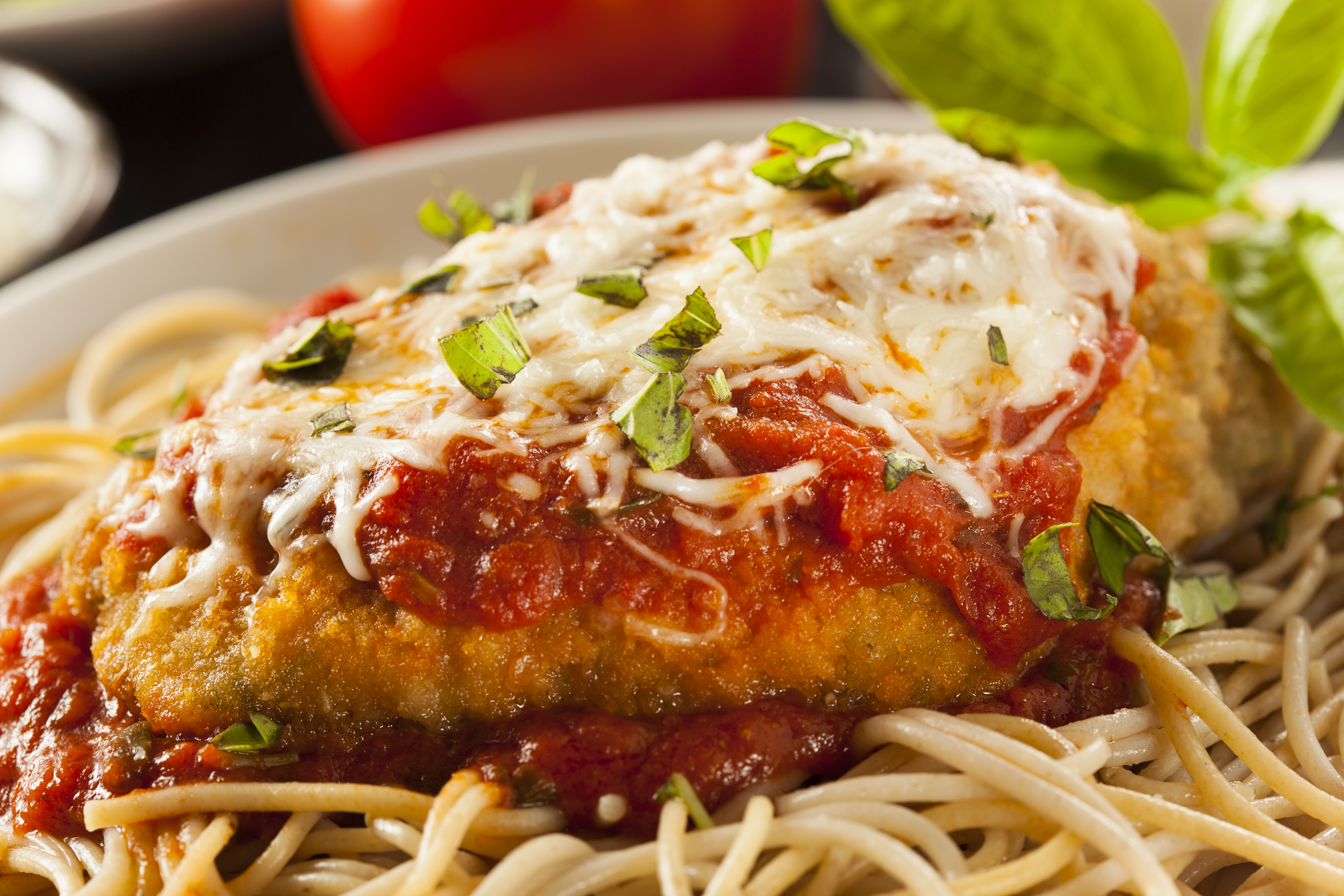
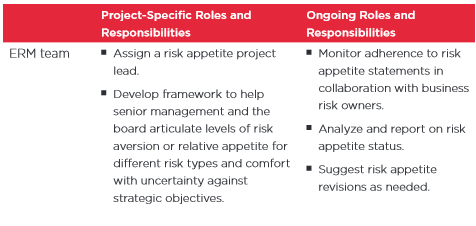
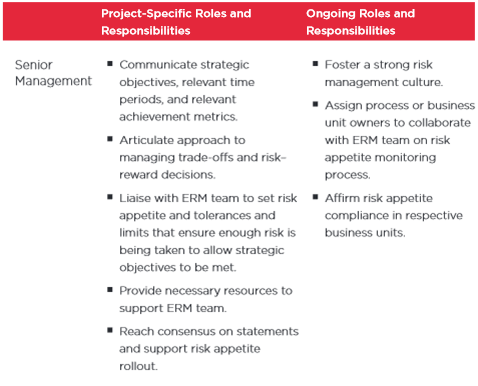
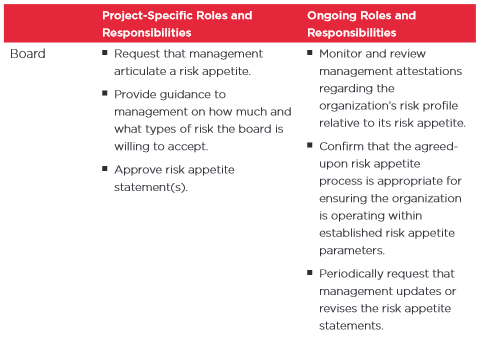
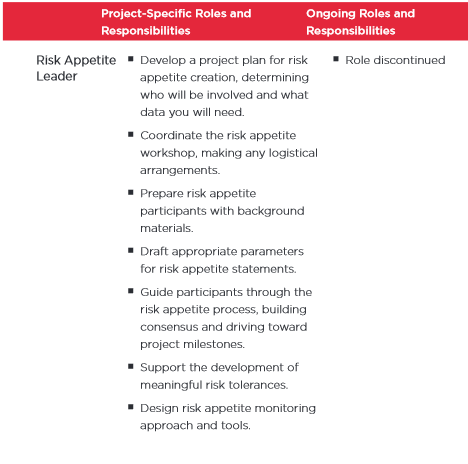
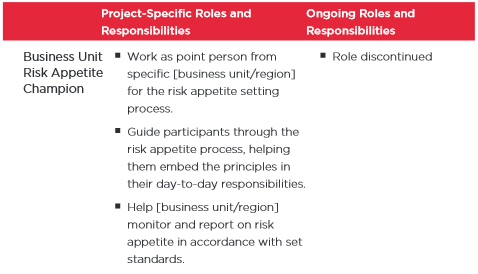
 Matt Shinkman is Practice Vice President for
Matt Shinkman is Practice Vice President for 




